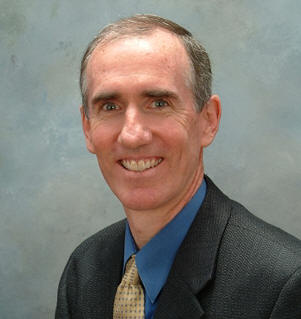System Maintenance occurs every Friday.
Electrical Overstress (EOS) and Electrostatic Discharge (ESD) account for most of the field failures observed in the electronics industry. Although EOS and ESD damage can at times look quite similar to each other, the source each and the solution can be quite different. Therefore, it is important to be able to distinguish between the two mechanisms. The semiconductor industry needs knowledgeable engineers and scientists to understand these issues. EOS, ESD and How to Differentiate is a 2-day course that offers detailed instruction on EOS, ESD and how to distinguish between them. This course is designed for every manager, engineer, and technician concerned with EOS, ESD, analyzing field returns, determining impact, and developing mitigation techniques.
March 16-17, 2026 | Munich, Germany
(Price available until Mon. Feb. 23)
$1,295
$1,195
Please note: If you or your company plan to pay by wire transfer, you will be charged a wire transfer fee of USD 45.00.
Please email the printable registration form for public courses to us at the email address on the form to complete your order.
If you have any questions concerning this course, please contact us at info@semitracks.com.
If a course is canceled, refunds are limited to course registration fees. Registration within 21 days of the course is subject to $100 surcharge.
Participants will learn to develop the skills to determine what constitutes good EOS and ESD design, how to recognize devices that can reduce EOS and ESD susceptibility, and how to design new EOS and ESD structures for a variety of technologies. This skill-building series is divided into five segments:
By using a combination of instruction by lecture, written text material, problem solving and question/answer sessions, participants will learn practical approaches to the failure analysis process. From the very first moments of the seminar until the last sentence of the training, the driving instructional factor is application. We use instructors who are internationally recognized experts in their fields that have years of experience (both current and relevant) in this field. The course notes offer dozens of pages of additional reference material the participants can use back at their daily activities.

Christopher Henderson received his B.S. in Physics from the New Mexico Institute of Mining and Technology and his M.S.E.E. from the University of New Mexico. Chris is the President and one of the founders of Semitracks Inc., a United States-based company that provides education and semiconductor training to the electronics industry.
From 1988 to 2004, Chris worked at Sandia National Laboratories, where he was a Principal Member of Technical Staff in the Failure Analysis Department and Microsystems Partnerships Department. His job responsibilities have included failure and yield analysis of components fabricated at Sandia's Microelectronics Development Laboratory, research into the electrical behavior of defects, and consulting on microelectronics issues for the DoD. He has published over 20 papers at various conferences in semiconductor processing, reliability, failure analysis, and test. He has received two R&D 100 awards and two best paper awards. Prior to working at Sandia, Chris worked for Honeywell, BF Goodrich Aerospace, and Intel. Chris is a member of IEEE and EDFAS (the Electron Device Failure Analysis Society).
At Semitracks, Chris teaches courses on failure and yield analysis, semiconductor reliability, and other aspects of semiconductor technology.